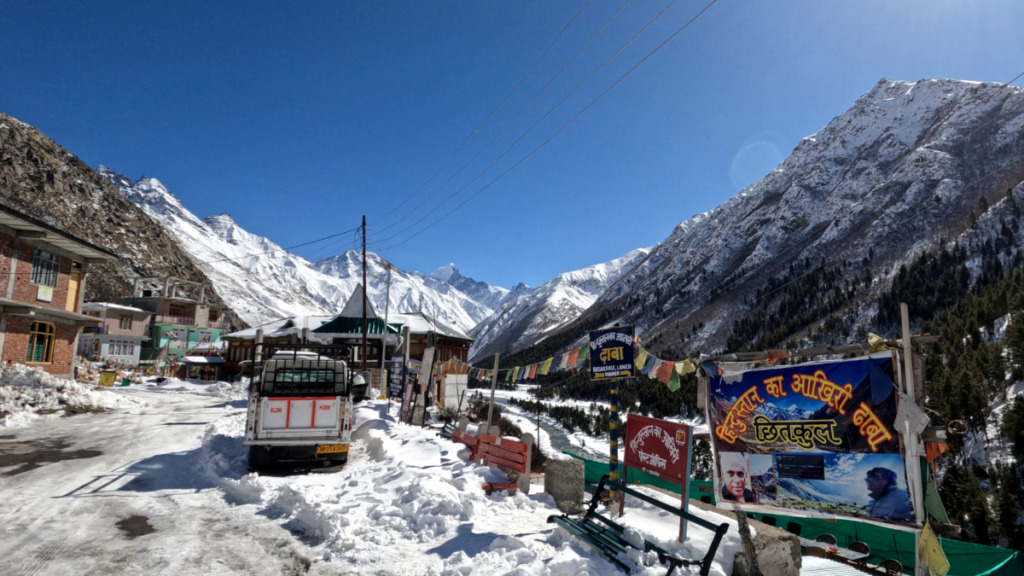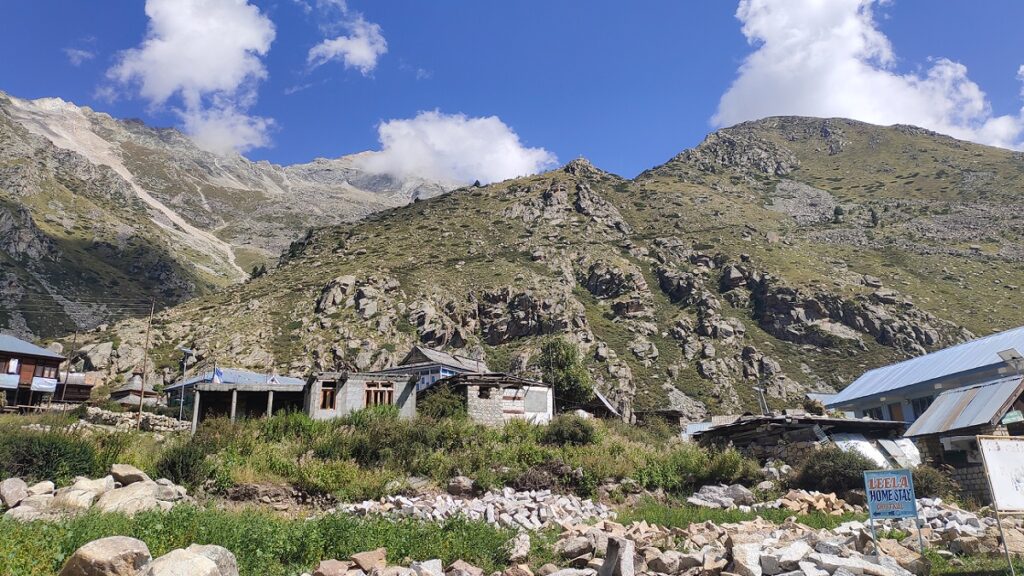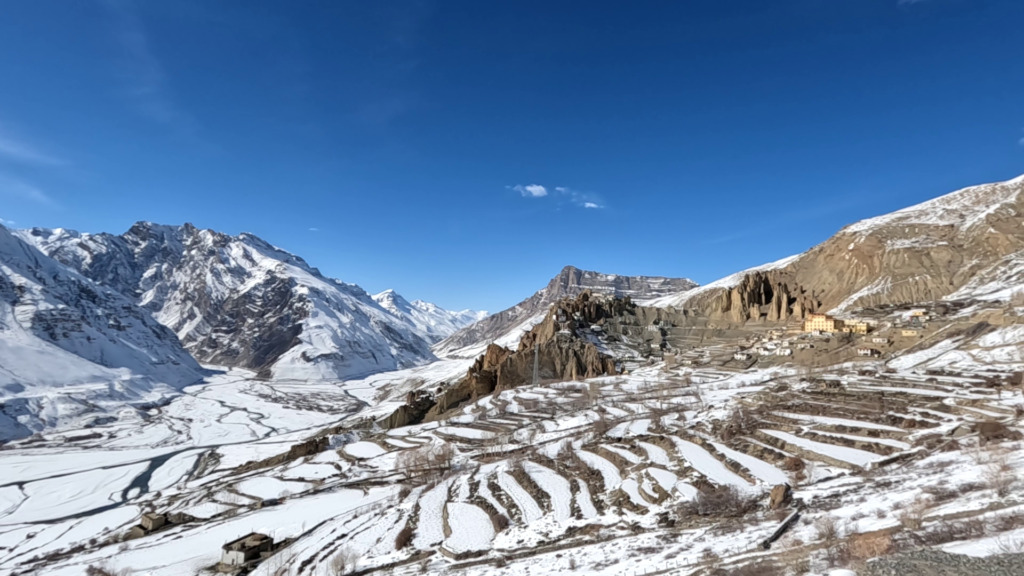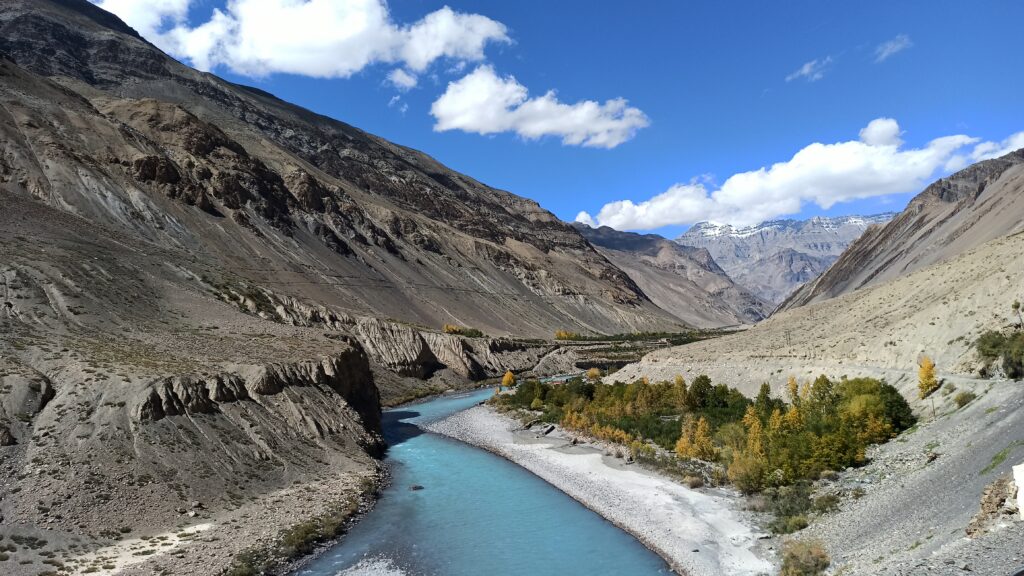Chitkul – The Last Village of India On Indo-Tibetan Border

A perfect place to feed your soul by living in the lap of nature and experiencing the beauty of the Himalayas. Chitkul the last village of India on the Indo Tibet border in kinnaur Himachal Pradesh and is at an altitude of 11,320 ft. Located on the right bank of Baspa river It is a perfect place to spend a few days to forget about the Tensions, stress and work deadlines of the outside world. Just switch off your cell phone and spend a few days admiring nature. Although you will not find any lavish fancy hotels or facilities in chitkul, it’s still worth living with basic amenities and limitations to feel the peace and calmness of Himalayas.
Chitkul the Last Village is Perfect place to capture some memories of beautiful scenic landscapes of awesome Himalayas. One more reason to visit is According to some recent studies chitkul has the cleanest air to breath in whole India. Chitkul is also the last point of the famous Kinner Kailash Parikrama which makes it a religiously important place.
A perfect blend of Buddisst and Hindu culture as The Kagyupa temple is visited by both hindu and Buddhist pilgrims. Baspa river,Temple and a small monastery are the main attractions. Chitkul is also the starting point for Lamkhaga pass trek, Borasu pass trek and Ranikanda meadow trek also starts from chitkul.
Rakcham is the one of the must visit villages around chitkul. meadows, waterfalls and scenic mountains around chitkul are simply amazing. Small Farms with apple cultivation are the gem of sangla valley. Kinnauri apple is one of its kind and is very famous for its juicy flavours, mostly these apples are exported to various countries in the world.

How To Reach Chitkul ?
Chitkul is around 569 km from the National capital Delhi, 345 km from Chandigarh and 28 km from Sangla. It is well connected by road and can be reached on HRTC Roadways Bus and Taxi also. Route to Chitkul is via Shimla, Narkanda, Rampur, karcham and Sangla. Till Karcham Road is very well paved and Road condition is very good. But after you start the climb towards chitkul from karcham road conditions are not that good and it is a single and small road. Till sangla traffic is also a concern but it’s worth taking risk. The Sangla Valley is a delight for nature lovers; especially the stretch after Rakcham and right up to Chitkul. The valley is extremely beautiful.

Best Time To Visit Chitkul.
chitkul the Last Village is accessible almost throughout the year except the month of December and January. But the best time to visit Chitkul is from May to October. During these months weather is pleasant and temperature is bearable and all the home-stays and hotels are open. Monsoon adds a green layer of flora to mountains and everything looks so soothing to eyes, But it also increases the risk of landslides and shooting stones. Baspa river is also an addition to this canvas making it more picturesque.
During winters, Chitkul mostly remains covered with the snow and the inhabitants move to lower regions of Himachal. But Don’t Underestimate the amazing views of snow-covered Chitkul. Nowadays it is possible to reach Chitkul in February and March but only if you are a skilled driver or you hire a Cab driven by local drivers. Only problem is that most of the home-stays and hotels are closed. But it’s still worth it to walk and play with snow in some extremely low temperatures. Mountains are completely covered with white layer of snow and the view is simply mesmerizing. The view of the frozen baspa river is also awesome.
Average temperature in summer is 12 degree in day and 6 Degree at night, but winters are extremely cold and in winters day temperature stays around -3 degree and it can go low upto -13 degrees in night.
For Complete Guide For How To Plan Your Next Backpacking Trip- Click Here
Do comment Your Thoughts about The Article .
This Page might contain affiliate or paid advertisement to help in maintaining the website.
Do’s And Don’t for your next trip To Mountains.
- Carry a refillable water bottle- due to scarcity of drinking water in these villages, it’s better to carry your own water, and avoid packaged drinking water to minimise plastic waste.
- Buying food and Beverages from locals – local food and drinks can also help you to acclimatise to high altitude weather, and can provide support to the livelihood of locals.
- Use Dustbins to dispose of garbage- The government of himachal pradesh and some local NGOs have set up dustbins at every important location for proper waste management. So use these dustbins and help to keep mountains clean.
- Acclimatise yourself – Before visiting such high altitudes. You should get yourself acclimatised with the harsh weather and high altitude. Due to lack of air pressure and thin oxygen it can result in altitude sickness and spoil your trip.
- Carry and wear enough warm layers- Before you plan, The first thing you should do is buy some warm layers of clothes. Weather on mountains can be very harsh and cold and it is very unpredictable.
Don’t.
- Don’t interfere with the lives and privacy of local residents- surviving in these harsh mountain conditions is already very tough. So try to avoid interfering and disturbing the locals. Respect their feelings and culture.
- Don’t Click pictures without permission– try to ask politely before clicking pictures of any person or place. If they agree you can do so. At Some of the religious places photography is prohibited, so respect the feeling and emotions of people living there.
- Avoid single Use plastic- Waste management is a bigger concern in the mountains. Try to avoid single use plastic, and carry reusable bottles and tiffin boxes. If you have some plastic waste try to dispose of the same at designated places or dustbin.
- Do not drink liquor – Try to avoid drinking while you are visiting these destinations. Some of them are also of religious importance. it is also dangerous for your health to drink at high altitudes. It may cause dehydration and result in AMS.




